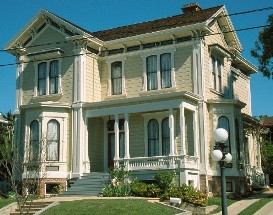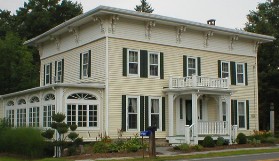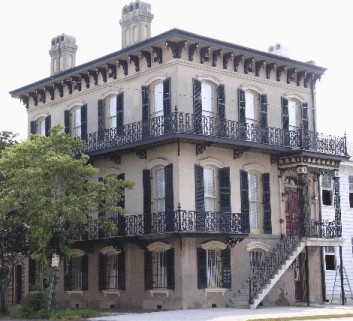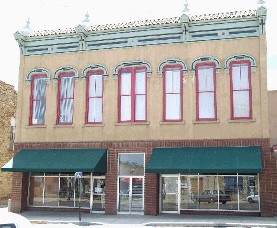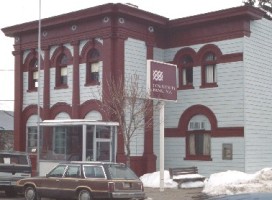|
The Italianate style 1850 - 1880
The Italianate style dominated American houses constructed between 1850 and 1880.
Borrowed from the picturesque rural architecture of northern Italy, the style came about as part of the Romantic movement in the arts, specifically the Picturesque movement.
Rural Italian villas were the principle source of this style and emphasized their characteristic square towers.
Sometimes called the “bracketed style,” Italianate houses have low roofs and wide eaves with large ornamental brackets. Houses in the Italianate style tend to be rectangular while most Victorian houses have steep roofs and irregular shapes. Andrew Jackson Downing and The Italianate Era in the U.S.
The style was popularized by Andrew Jackson Downing and his partner Alexander Jackson Davis.
Downing's building designs, in the picturesque Gothic and Italianate styles, were mostly for single family rural houses. He had a very strong belief that architecture and fine art would and should have a significant affect on the individual and the community.
The home was becoming the center for moral education and the focus of middle class America's search for the meaning of life. Believing that every American deserved a good home he designed cottages for working men, farmhouses for farmers as well as villas for the wealthy.
By the 1860s the style had completely overshadowed its earlier companion, the Gothic Revival. And with the beginning of the financial panic of 1873 and the following depression, the Italianate and its closely related Second Empire style declined.
When prosperity returned late in the decade, new styles, particularly the Queen Ann style, had raised to dominance.
The style is common in the cities of the northeastern seaboard and common in the Midwestern towns. Italianate houses are least common in the southern states, where the Civil War, Reconstruction, and the 1870s depression led to little new building until after the style had passed from fashion. Identifying Features
|





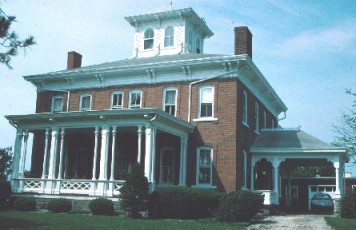
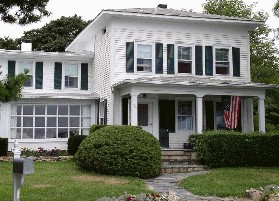
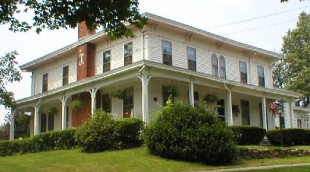
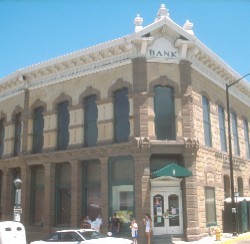
 Two or three stories (rarely one story)
Two or three stories (rarely one story)
